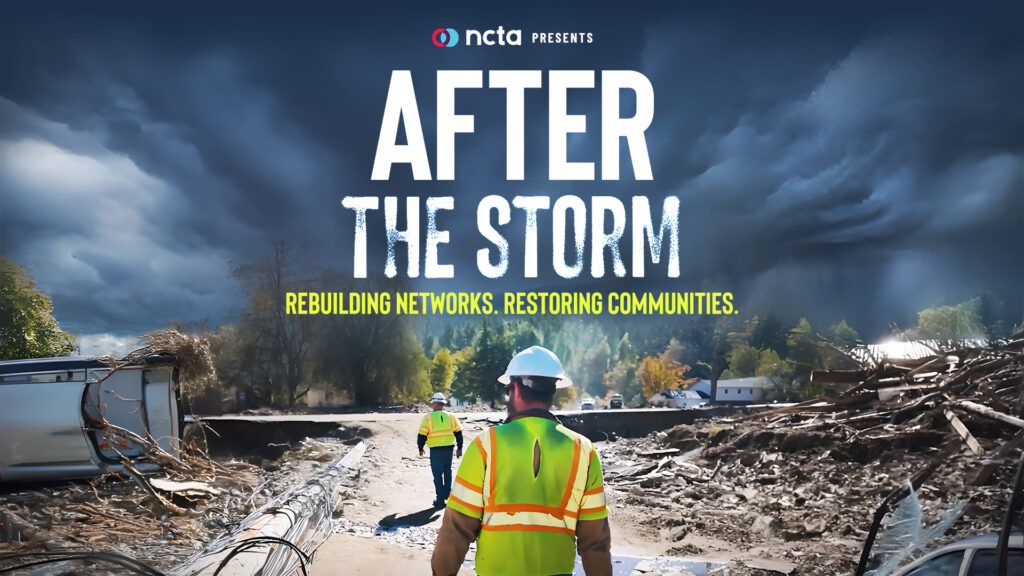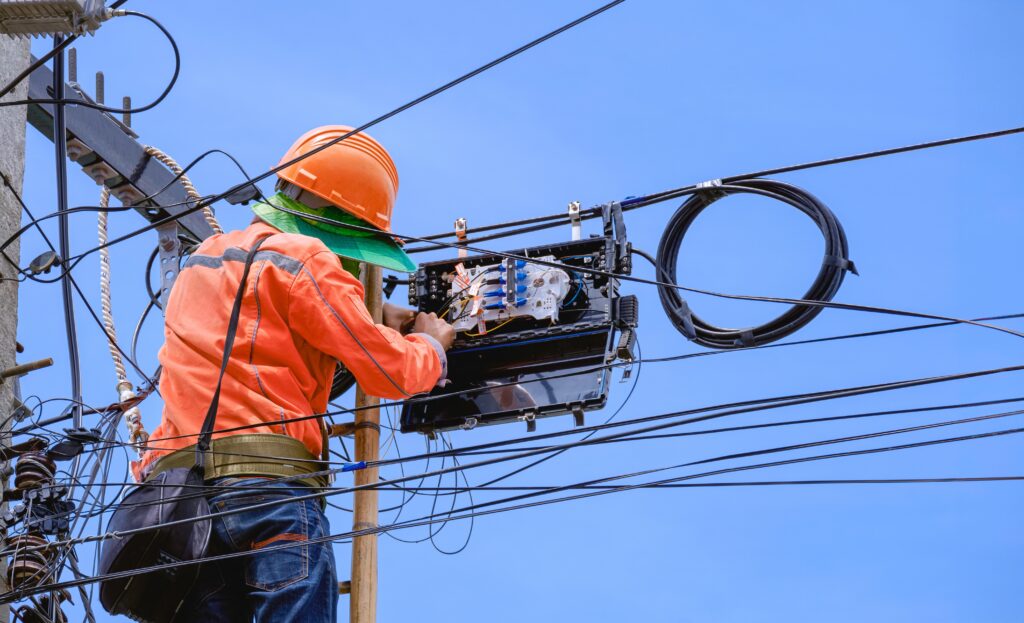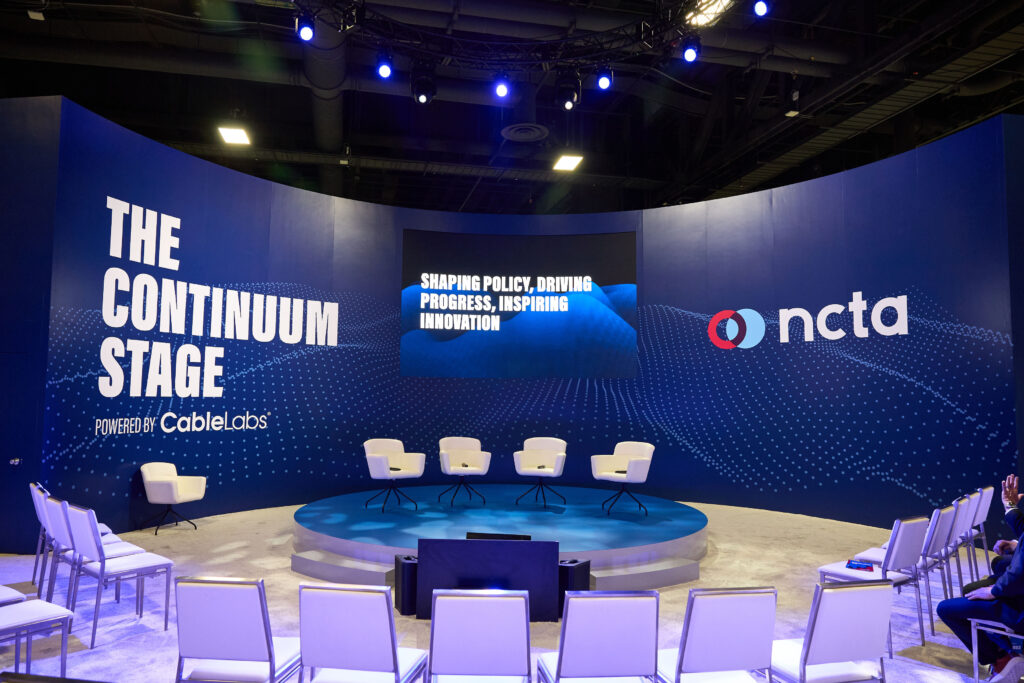It’s easy to see that the internet has never been more powerful as it is today. America’s broadband providers are delivering the fastest and most reliable speeds yet, making it possible for people all over the country to stream their favorite TV shows, post Instagram stories, or play a VR video game with their friend across the ocean. This steady uphill progress in network speed and capacity has unleashed a myriad of opportunities in the past two decades and allowed innovation to flourish.
One of the most consistent improvements that Americans have experienced in internet connectivity is speed. Ookla’s 2018 speed assessment showed U.S. download speeds spiking to an astounding 93.98 Mbps –a stark comparison to the global average download speed of 46.25 Mbps. And overall, Ookla ranked the U.S. as one of the top six countries in internet speed in the world this year, trailing only behind five countries that are much smaller in size.
These improvements in speed are possible because cable operators continue to invest in upgrades year after year–over $50 billion in just the last three years alone–which has led to network enhancements and overhauls. Cable ISPs have rolled out gigabit services to much of their footprints over the past several years, and 70 percent of U.S. households will have gigabit services available to them by the end of this year.
This deep commitment to invest in better services and speeds for consumers has led to better coverage and faster networks, but also to a shrinking digital divide. More than 90 percent of U.S. households are now connected. ISPs like GCI, Mediacom, Midco, Eagle, and Sjoberg’s are improving the lives of remote communities all over rural America through connectivity, and giving farmers, small businesses and small-town entrepreneurs the chance to thrive.
ISPs are also branching out into the wireless sector in order to accommodate consumers’ demand for mobile services. Though wireless is not a substitute for fixed broadband, mobile is and will continue to play a large role in servicing millions of Americans. Comcast and Charter have rolled out mobile service for their customers. Charter and Midco have also announced innovative approaches and plans to deploy fixed wireless in remote areas that are more difficult to reach with wired service.
And of course, Wi-Fi networks—which include the extensive hotspots deployed by America’s cable operators—have transformed the lives of Americans all over the country. Nine in 10 internet-connected households now use Wi-Fi as more people rely on the technology to meet their everyday digital needs.
It’s easy to see how investment in broadband has led to a healthy and competitive marketplace–one that is booming with creativity and innovation from every direction. And stay tuned, because the best is yet to come.









